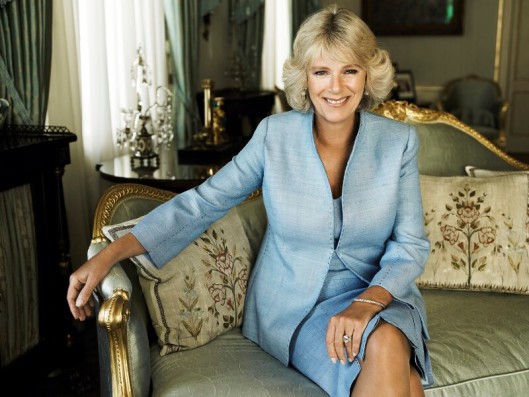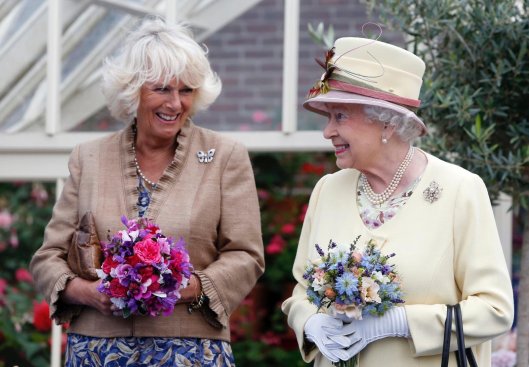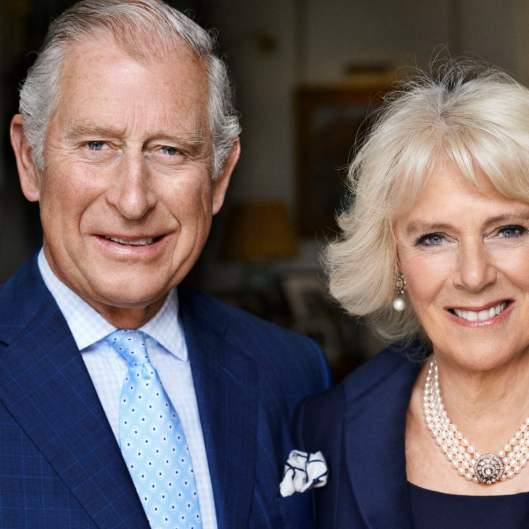Tags
7th Duke of Buccleuch, Diana Spencer, Elector of Hanover, George I of Great Britain, John Montagu Douglas Scott, King George I of the Hellenes, King Willem-Alexander of the Netherlands., Princess Alice of Gloucester, Princess Diana, Princess Marina of Greece, Princess Mary of Teck, The Duke of Gloucester, The Duke of Kent
There has been a lot of discussion concerning who is entitled to call themselves a Princess followed by their first name in the British system. Many people get it wrong including the press, or shall I say, frequently the press. Many know by now, for example, that when Diana was Princess of Wales she was wrongly called Princess Diana by the media. Although she was a Princess of the United Kingdom via her marriage to HRH The Princes of Wales this did not entitle her to be called “Princess Diana” as that is reserved for British princesses born into the royal family. Princess Anne; The Princess Royal, Princess Beatrice of York and Princess Eugenie of York are prime examples. The correct title for Diana was, simply, HRH The Princess of Wales. The press, being sloppy, just called her Princess Diana, and they also sloppily call the Prince of Wales, simply Prince Charles. This may sound pedantic but the way to address royalty in the media is to call them by their correct styles and titles. For example it is correct to call Princess Beatrice of York “Princess Beatrice” because that is her correct title. It is not correct to call Princes Anne by her name in the press, it is correct to call her The Princess Royal
This system is unique to Britain among the existing monarchies in Europe. The German monarchies, when they existed, used the British system. Well, to be more honest it was Britain that adopted the German system of how they titled the wives of princes when George I of Great Britain, originally the Elector of Hanover and Duke of Brunswick, came to the British throne in 1714. In places like Denmark and the Netherlands for example when a woman married into those royal families they are often created Princesses in their own right. For example when Marie Cavallier married HRH Prince Joachim of Denmark in 2008 she became Her Royal Highness Princess Marie of Denmark, Countess of Monpezat. When Máxima Zorreguieta Cerruti married the Prince of Orange (king Willem-Alexander) in 2002 she was created a Princess of the Netherlands in her own right and was styled HRH Princess Máxima of the Netherlands, Princess of Orange-Nassau.
What is interesting to note is that even when foreign royals married into the British Royal family they were not entitled to be styled as if they were a British princess in their own right. For example, when Princess Alexandra of Denmark, a Danish Princess in her own right, married HRH The Prince of Wales (Prince Albert-Edward, future king Edward VII) in March of 1863 she ceased to be a Danish Princess and was only a British Princess by marriage and this did not allow her to be called Princess Alexandra. In other words, even though she was born a Princess in her own right, she was not born a British Princess in her own right, and she was in the same boat that Diana Spencer would be over a century later; only entitled to be called HRH The Princess of Wales. You know what? The press got it wrong back in the day, for they also called her Princess Alexandra.
There have been exceptions to when a member of the British royal family, who is not entitled to be called Princess and use their first names, has been allowed to stlye themselves as if they were born a British princess. One example is Princess Marina of Greece and Denmark. She was born a Greek and Danish Princess the daughter of Prince Nicholas of Greece and Denmark (a son of King George I of the Hellenes) and his wife Grand Duchess Elena Vladimirovna of Russia the daughter of Grand Duke Vladimir Alexandrovich of Russia and Duchess Marie of Mecklenburg-Schwerin. In November of 1934 Princess Marina married HRH The Duke of Kent (Prince George) the fourth son and fifth child of King George V and Princess Mary of Teck (Queen Mary).
Sadly, the Duke of Kent died in 1942 when the military plane he was riding in crashed in Scotland. His eldest son, Prince Edward became the current Duke of Kent. Marina remained styled as HRH The Duchess of Kent until her son’s marriage to Katherine Worsley in 1961. This meant that Katherine was now legally HRH The Duchess of Kent. This mean that Marina now had to be called something different. She could have chosen to be called HRH The Dowager Duchess of Kent but instead petitioned the Queen to allow herself to be called Princess Marina, Duchess of Kent, despite not being born a British Princess. The queen did grant her this permission.
This seems to have set a precedence. In 1974 with the death of HRH The Duke of Gloucester (Prince Henry) son of King George V and Princess Mary of Teck (Queen Mary), his widow, Alice, daughter of John Montagu Douglas Scott, 7th Duke of Buccleuch, petitioned the queen to be allowed to style herself Princess Alice, Duchess of Gloucester. This permission was also granted. The significant difference between the sister-in-laws Marina and Alice was that Marina was born a Greek and Danish Princess in her own right while Alice was never born a princess in her own right. Under the British system this did not matter, for to be called a Princess and to be allowed to use your first name is a right reserved only to those women born into the British royal family. All others must seek permission from the queen to do so.



